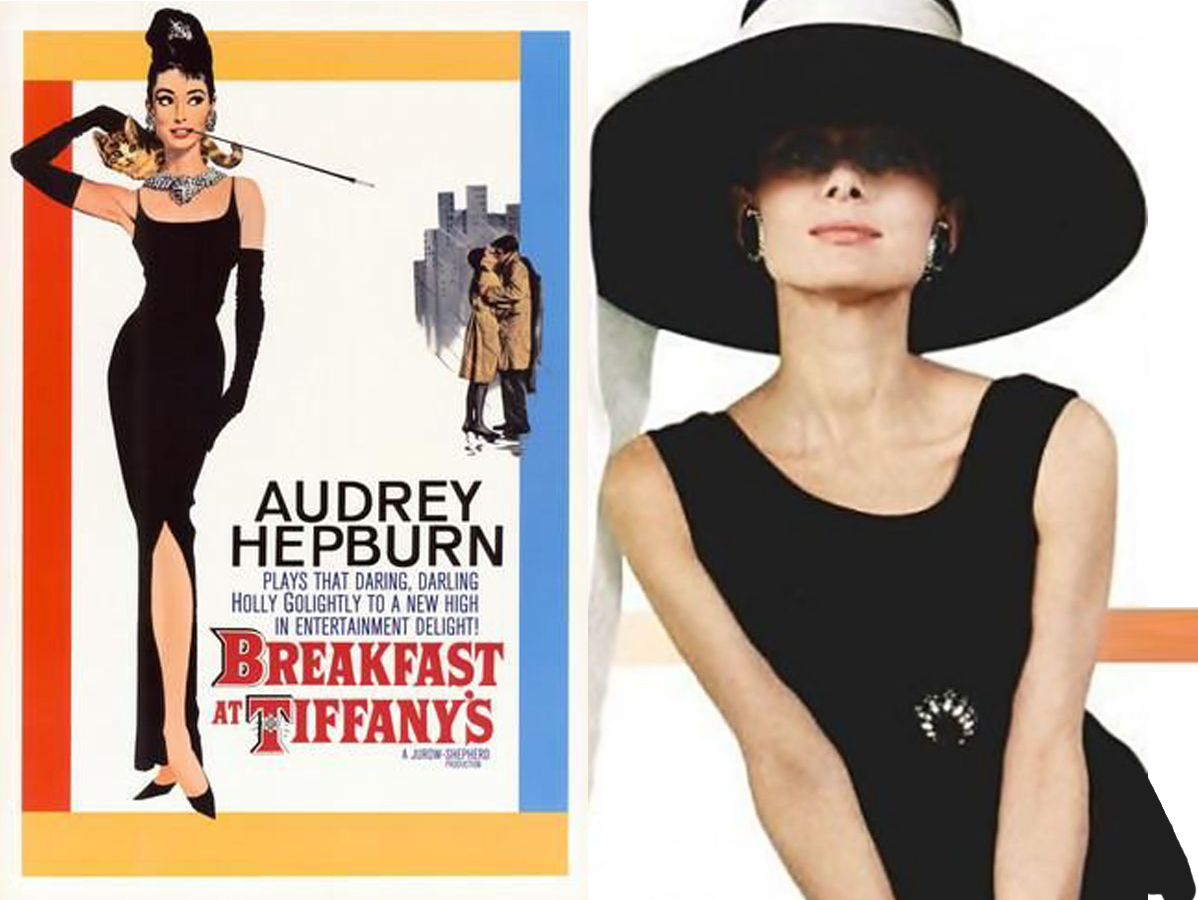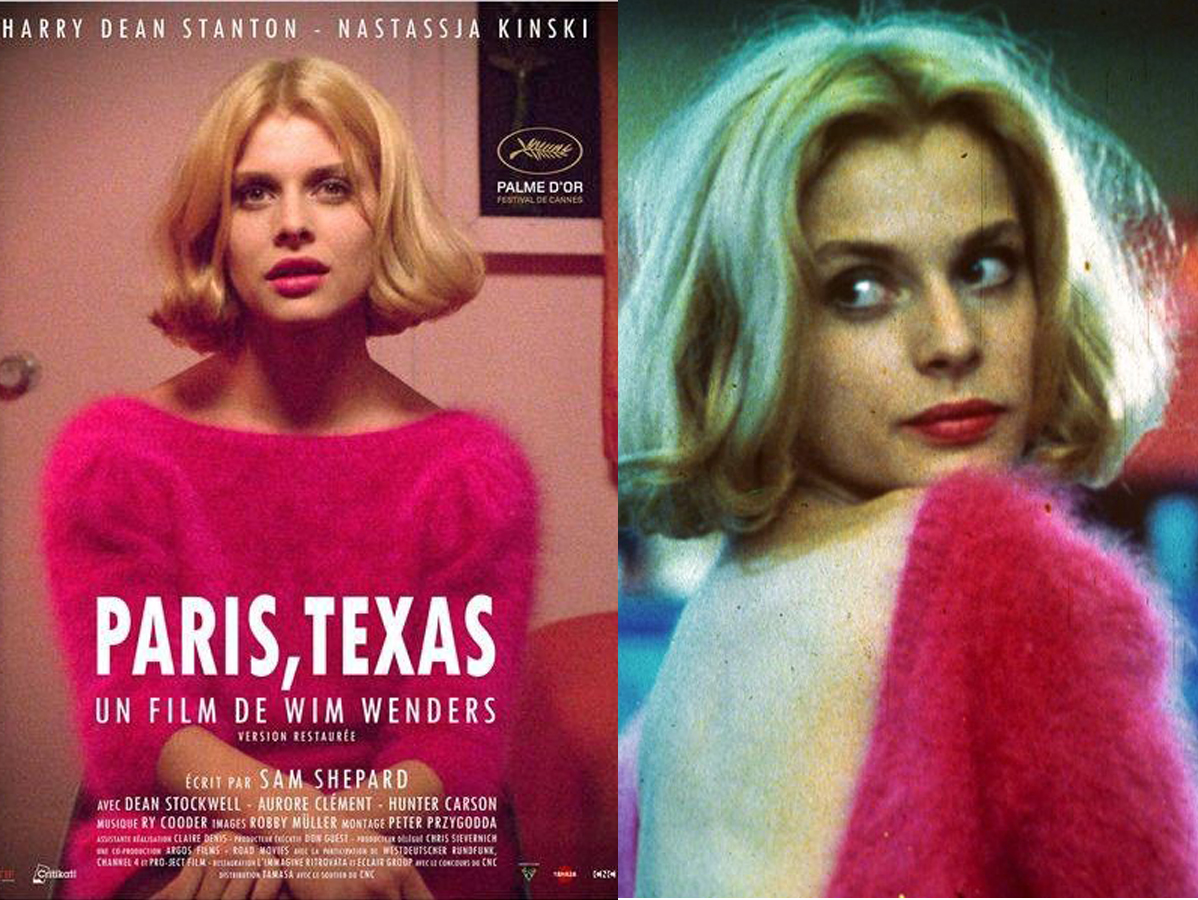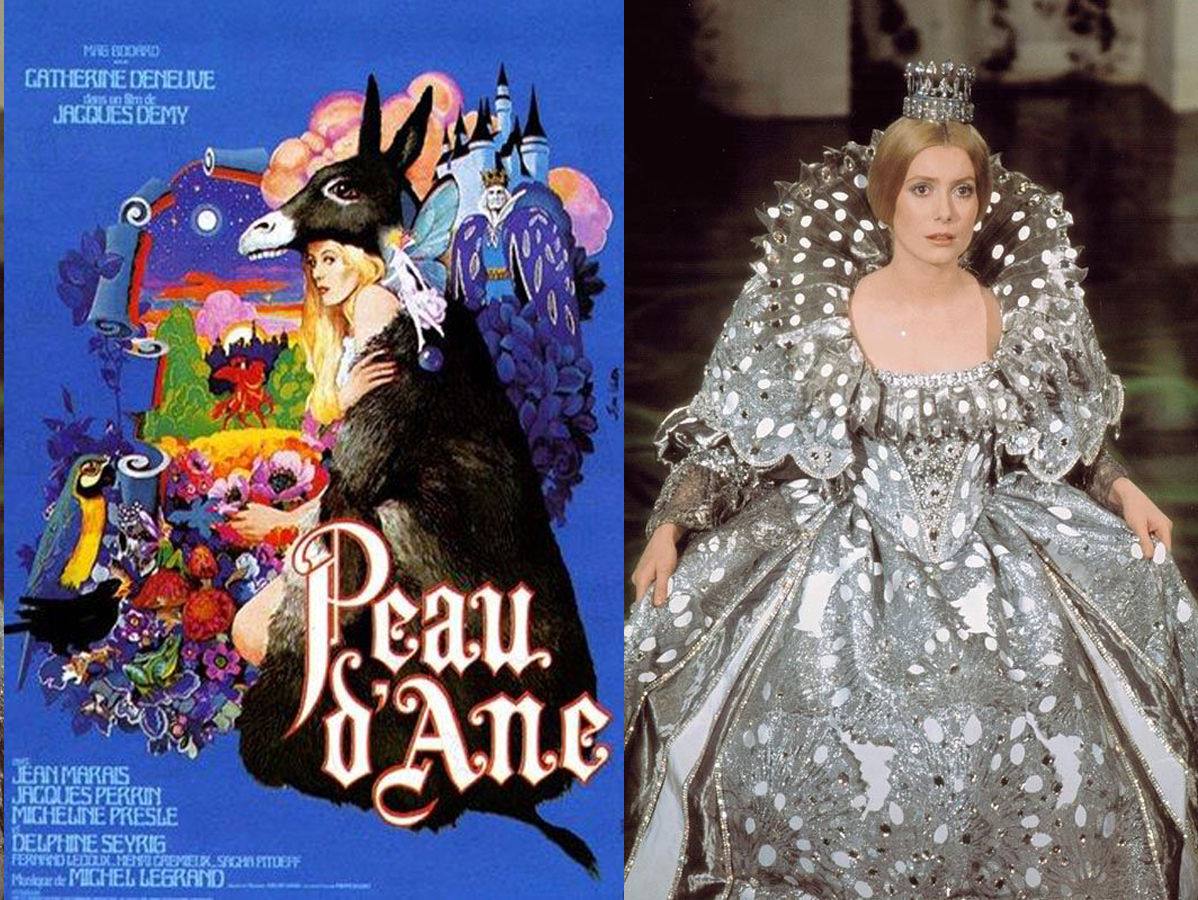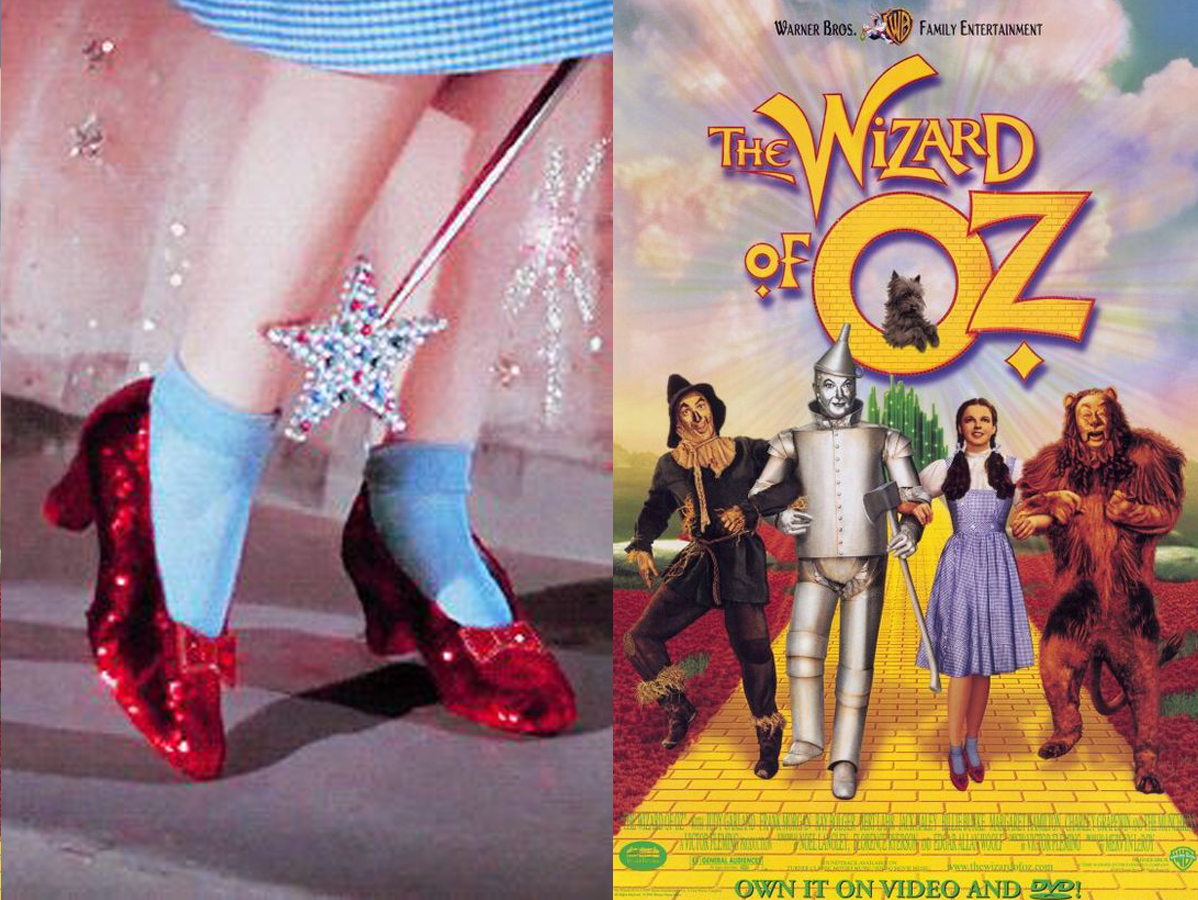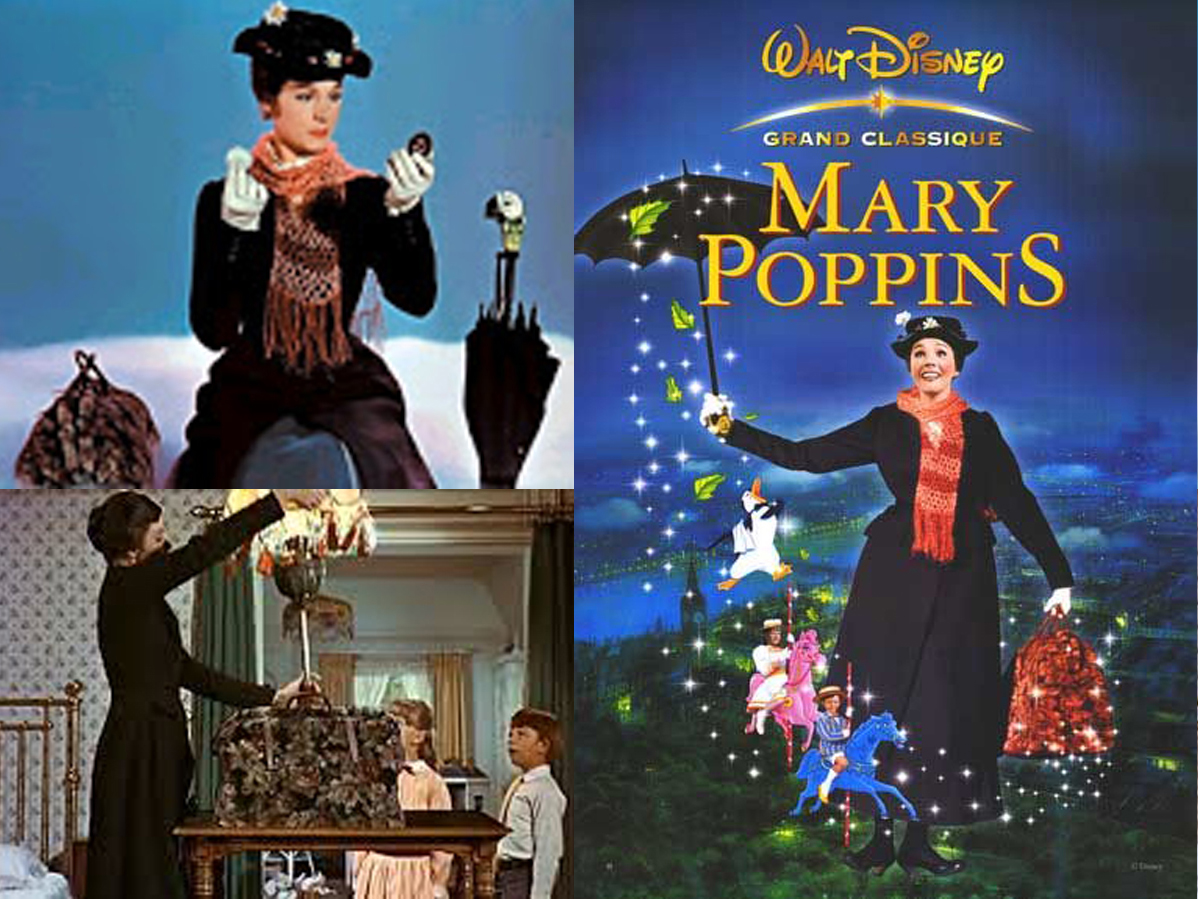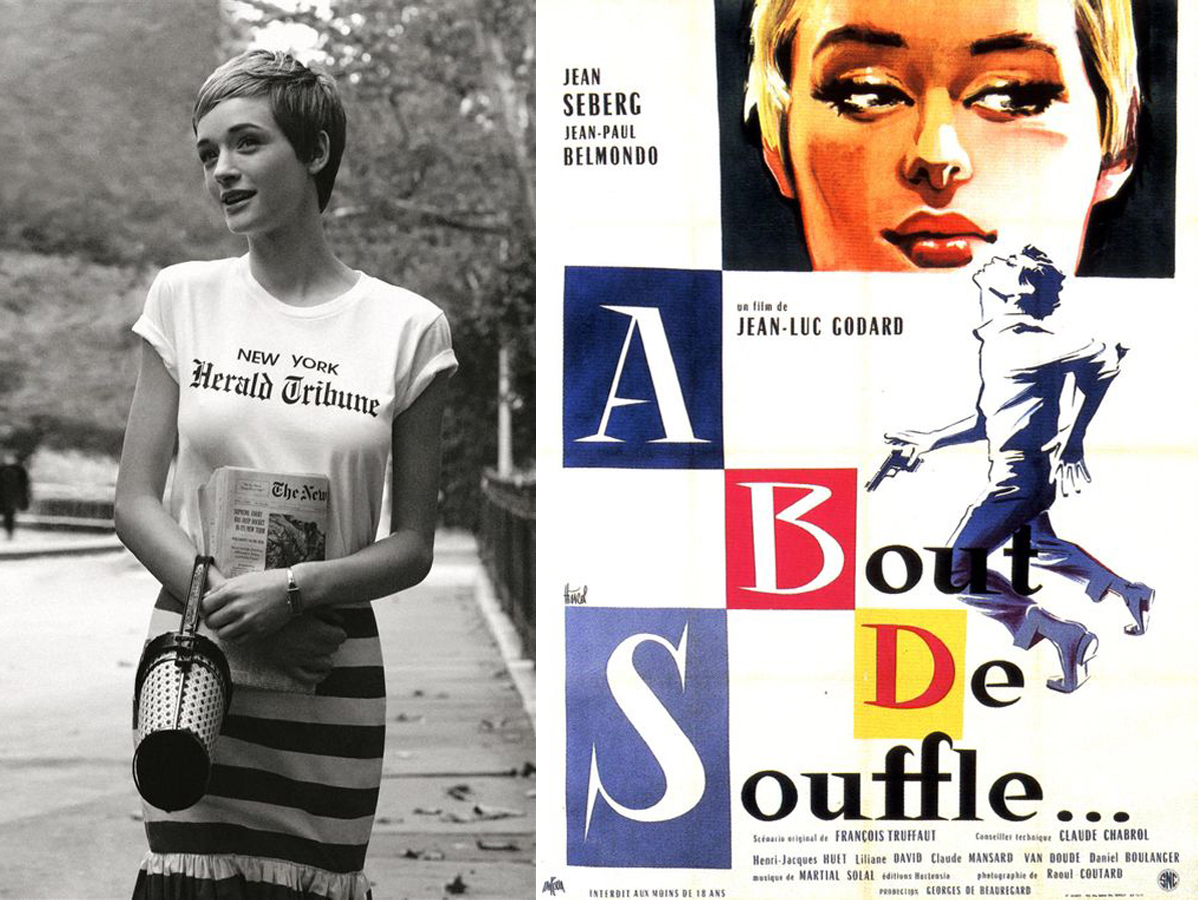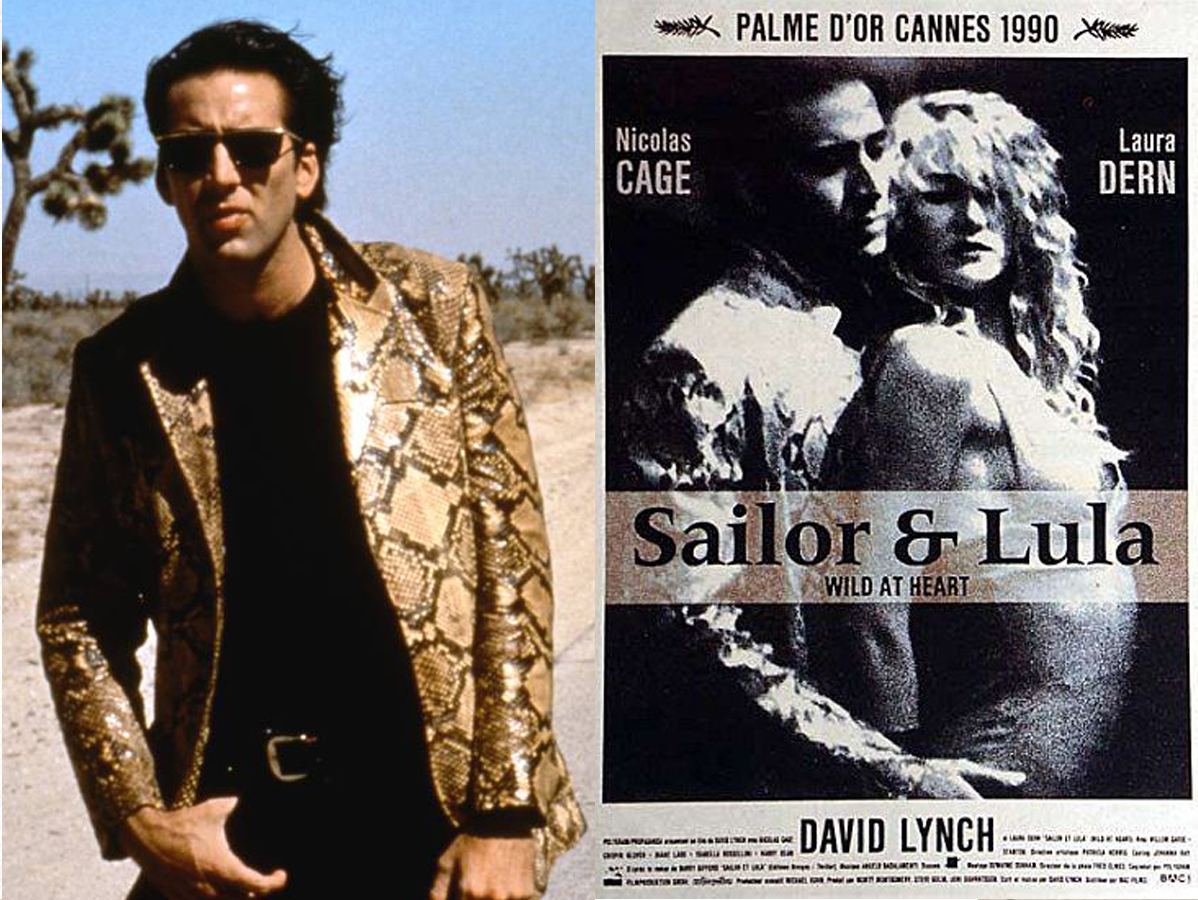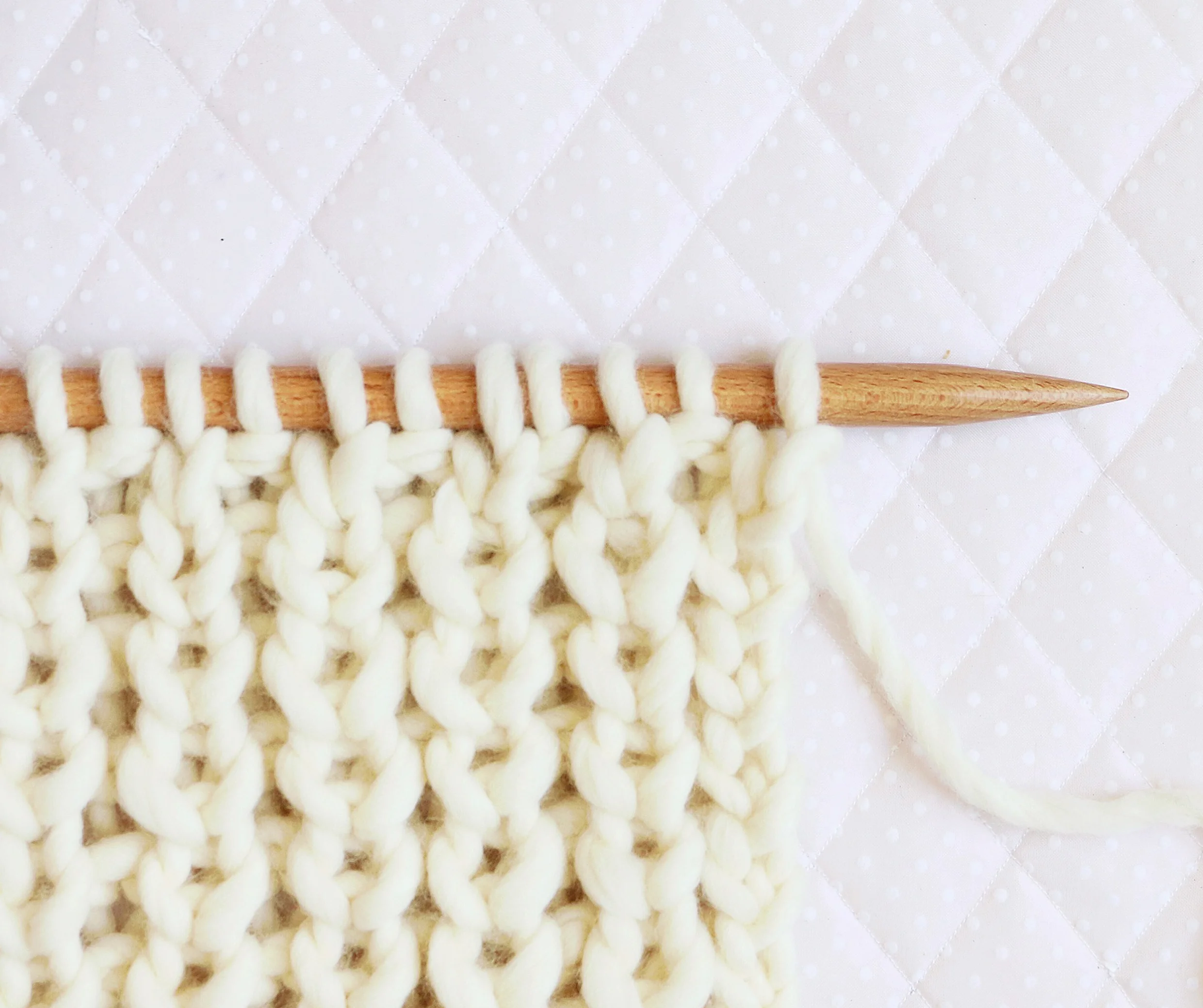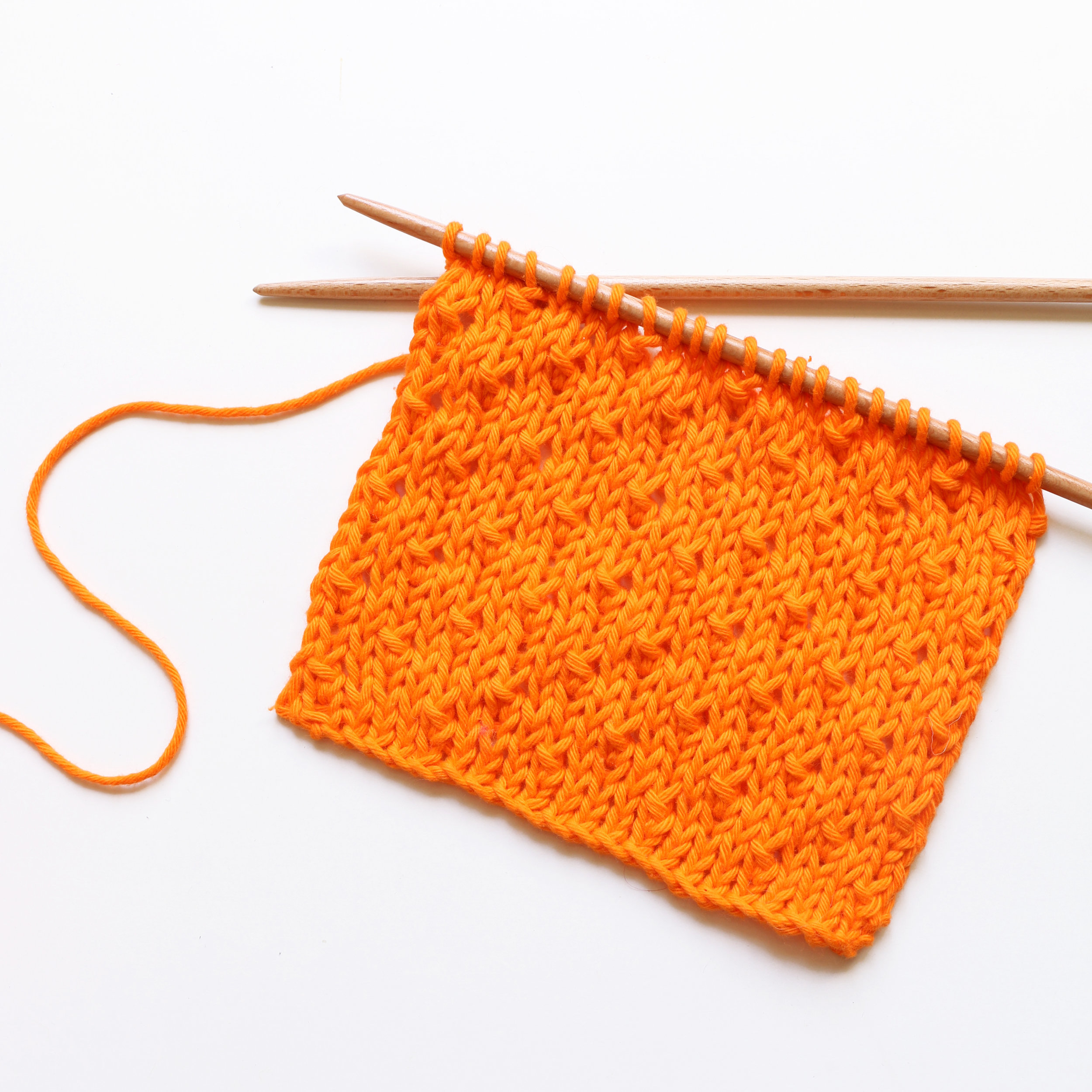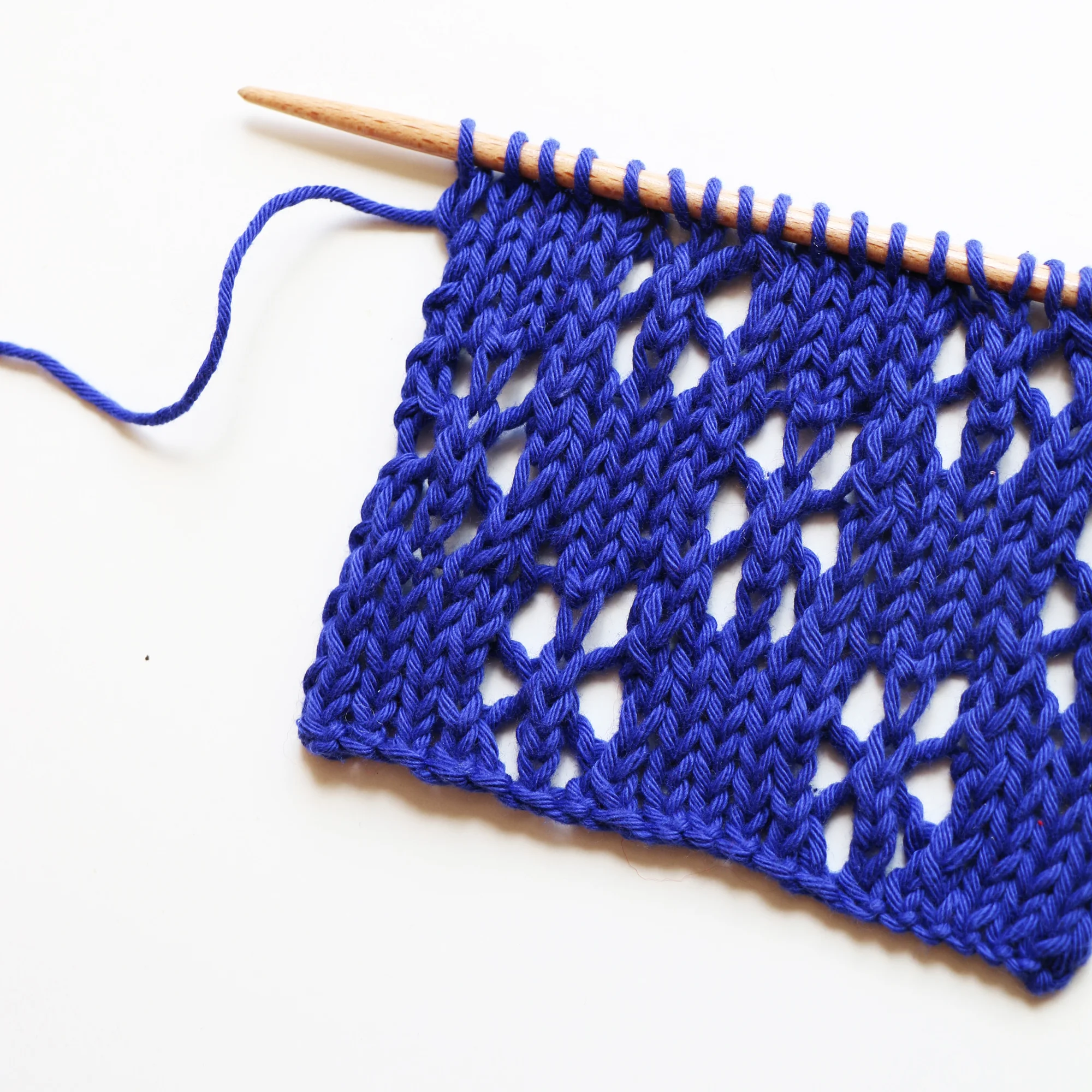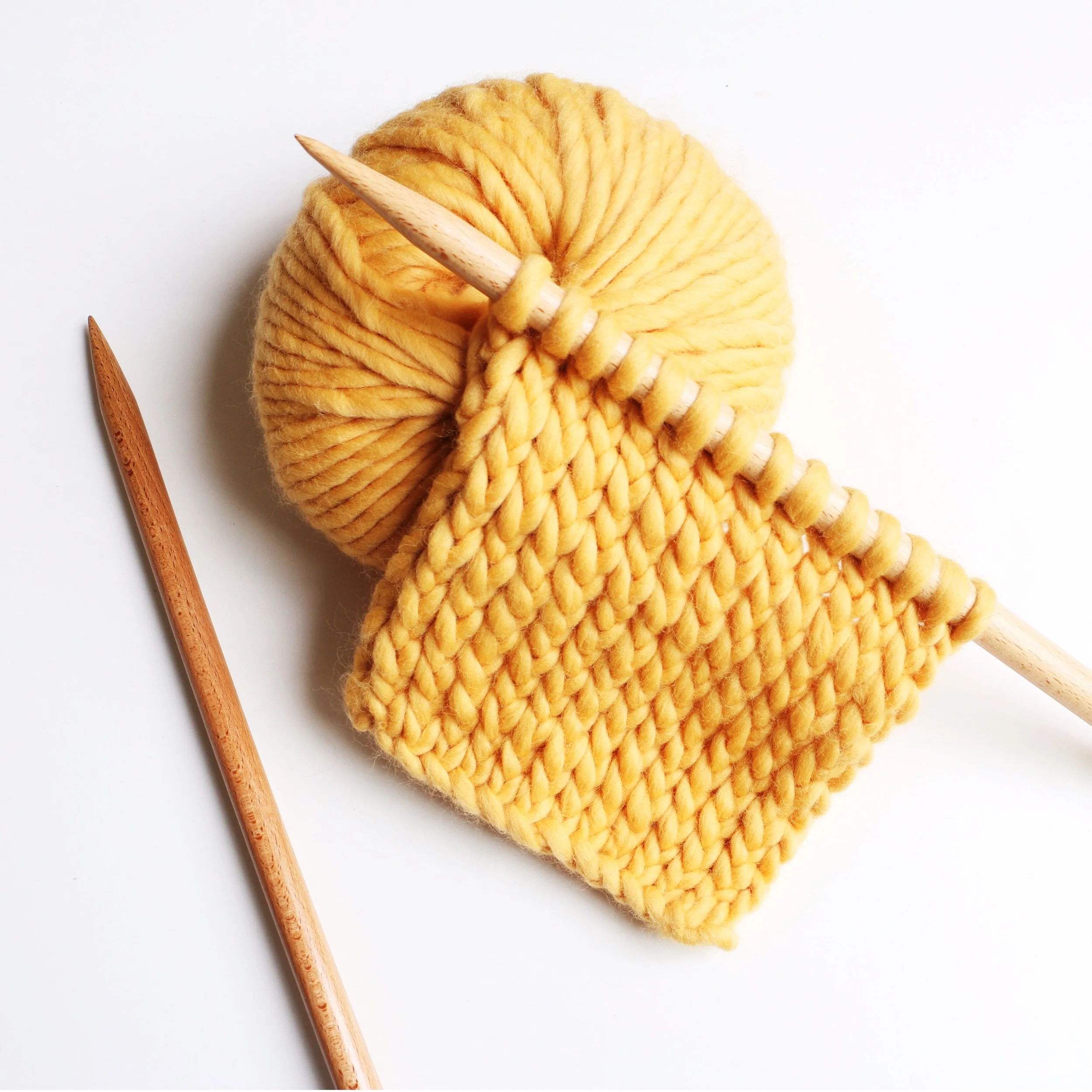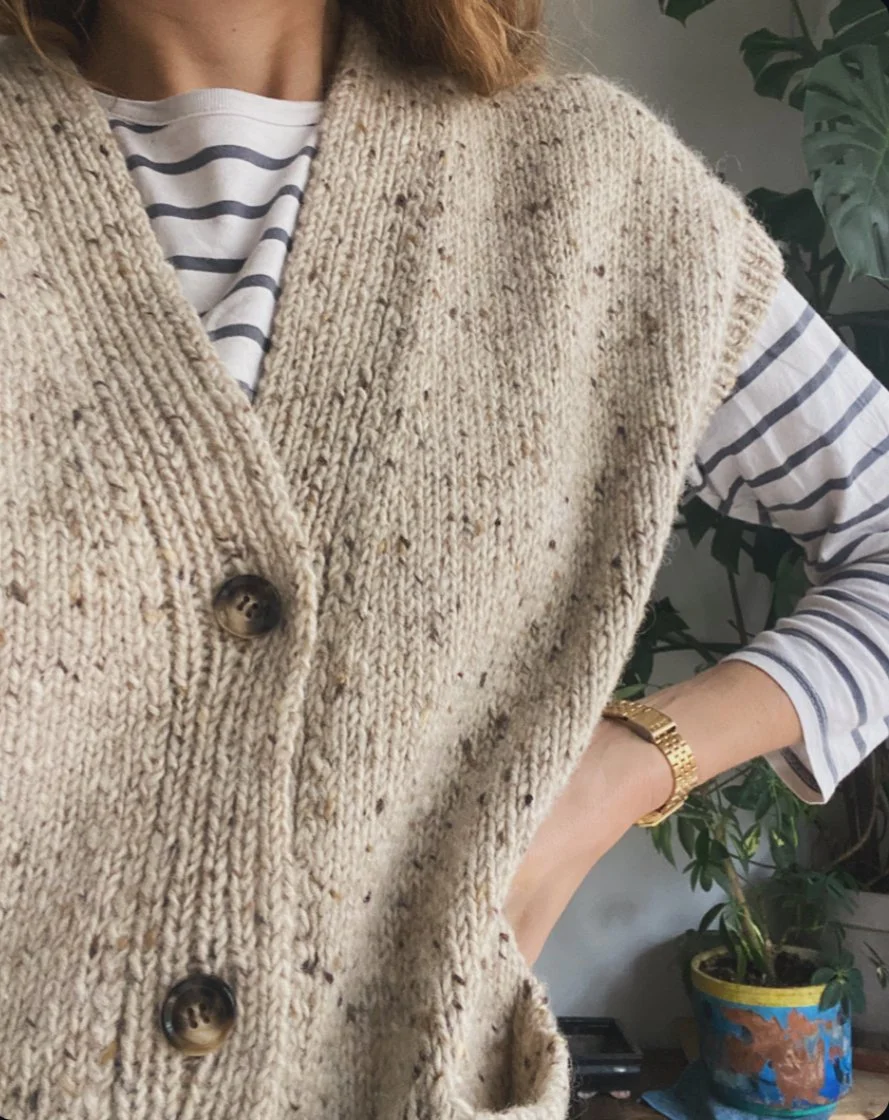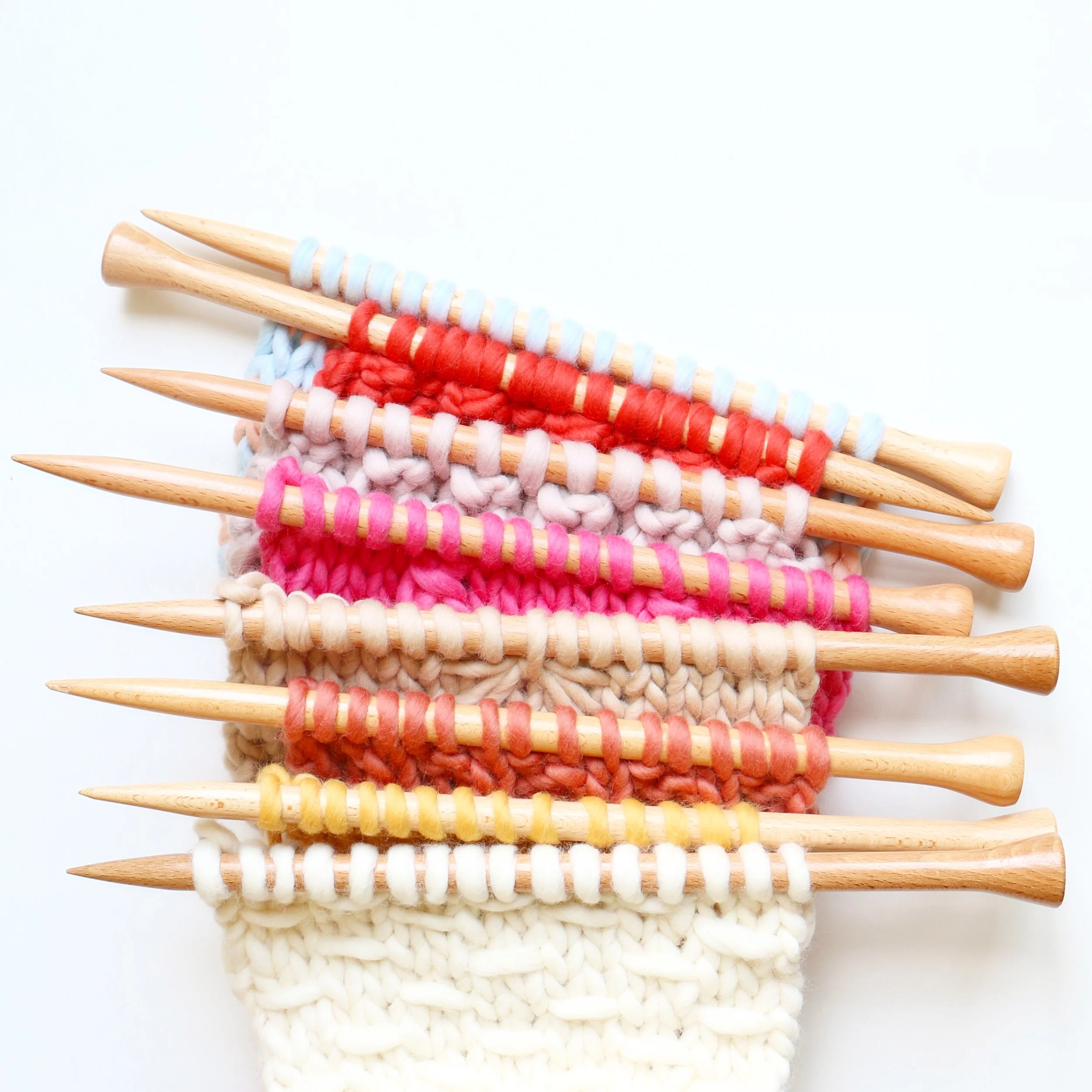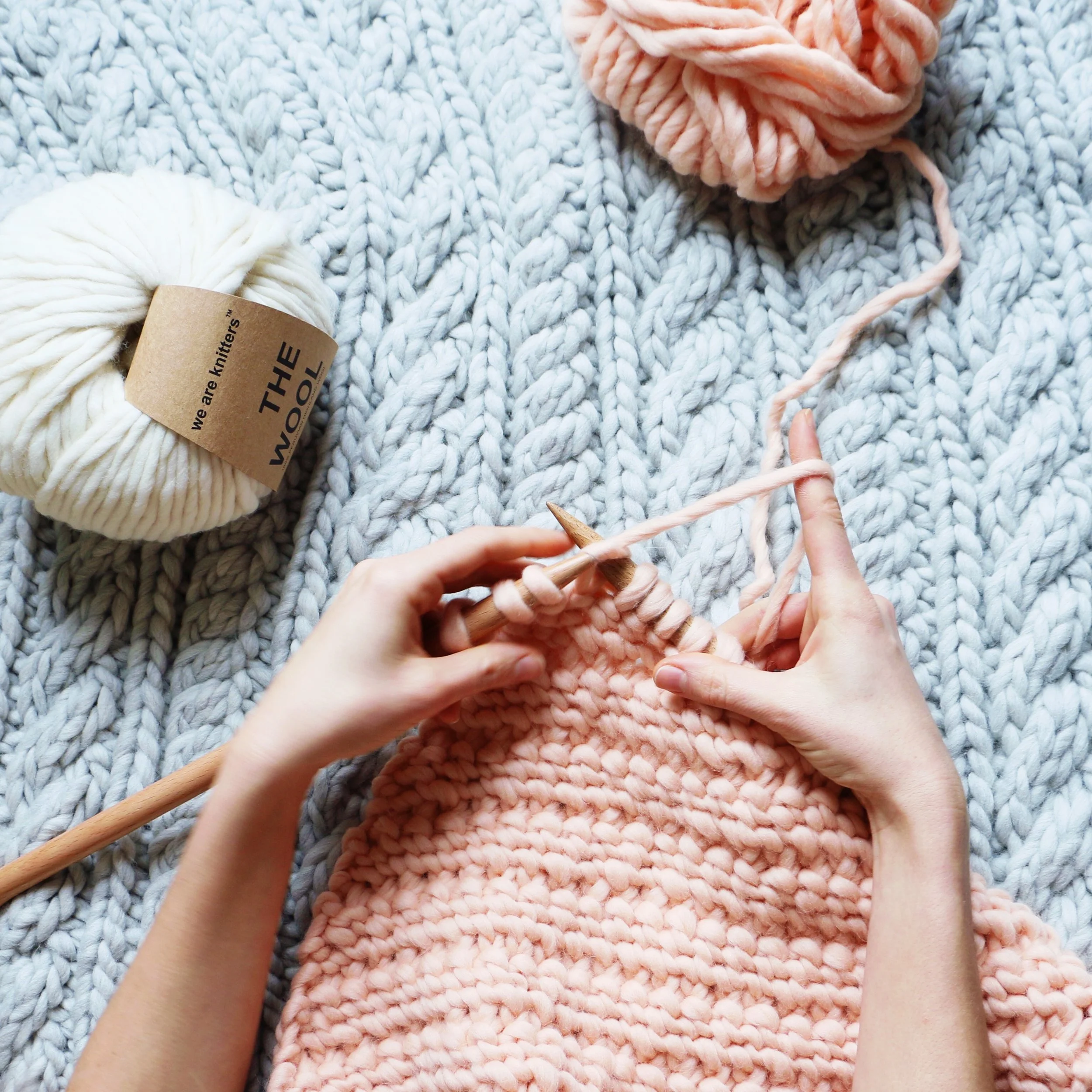thème - paris, texas
Ce mois-ci on se prépare pour le festival de Cannes avec un thème cinématographique. On célèbre également les 30 ans de ma chère amie Mahault, dont l'anniversaire tombe à pic, et qui m'a demandé pour l'occasion de lui tricoter la pièce de ses rêves : la robe pull fuchsia portée par Nastassja Kinski dans le film "Paris, Texas" de Wim Wenders.
Si vous avez vu le film, vous aurez certainement remarqué ce sublime pull en mohair avec un magnifique décolleté dans le dos. Si vous ne l'avez pas encore vu, préparez-vous un gros bol de popcorn et regardez-le ce soir en tricotant (votre propre Pull Paris Texas?!).
Mais revenons-en à nos moutons. Pour le thème du mois, je vous ai donc préparé le patron Paris Texas, en essayant de tricoter une version aussi proche que possible de celle du film, et puisqu'il est en mohair, je vous fais une petite introduction sur cette matière et ses propriétés. J'ai aussi fait une sélection de différents fils qui conviennent très bien pour tricoter ce modèle, ou pour créer toutes sortes de pièces en mohair. Pour les points du mois, on revoit nos basiques avec trois variantes du point Jersey, et je vous présente ma technique favorite pour augmenter les mailles en cours de rang : l'augmentation intercalaire torse. En bonus, pour rester dans l'univers du cinéma, Mahault vous a concocté une belle liste de films à regarder, pour vous habiller de la tête aux pieds, et un petit film Pull Paris Texas surprise.
//patron du mois - pull paris texas
Niveau Intermédiaire
Tailles S, M, L et XL
Matériel
- 550m (600m/600m/650m)* de laine Mohair - Titrage d'environ 100m/50g *tailles S(M/L/XL)
Pour plus d'informations sur le titrage de la laine à choisir pour le patron, rendez-vous ici!
- 1 paire d'aiguilles 6 mm
Techniques montage - maille endroit - maille envers - diminution - augmentation - rabattre - couture - relever les mailles
Le patron contient un rappel des techniques abordées et des liens interactifs vers les tutoriels sur le site Trust the Mojo.
//mohair
La laine mohair provient de la tonte des chèvres angora. C’est une laine douce, brillante et duveteuse, très bien adaptée pour tricoter des pulls moelleux et légers (elle est cependant déconseillée pour les tricots bébés et enfants puisque les fibres, qui ont tendance à se détacher, risquent d’être inhalées). Elle possède de très bonnes propriétés : elle présente de belles qualités isolantes puisqu’elle protège aussi bien du froid que du chaud, elle ne s’enflamme pas et résiste bien dans le temps. Elle est également facile à entretenir, assez résistante au lavage car elle ne feutre pas ou très peu, et se teint facilement : vous pourrez donc trouver de très belles couleurs.
On distingue différents types de mohairs selon l’âge de la chèvre, donc selon la finesse et la longueur des fibres :
Super Kid - chevreau
Kid Mohair – jeune adulte
Mohair – adulte
En général, plus la chèvre est jeune, plus la laine sera de qualité, bien que cela dépende des mélanges effectués et de leurs pourcentages (on rajoute souvent d’autres fibres telles que la soie, la laine ou le polyamide pour apporter plus de solidité au fil).
LE TITRAGE DES FILS MOHAIRS
Le titrage permet de déterminer la grosseur d’un fil grâce au rapport entre la longueur et la masse du fil, ou inversement. Lorsque vous choisissez un fil mohair, le titrage est indiqué pour un poids donné, généralement de 25g, 50g, ou 1kg.
Plus la longueur est petite, plus le fil est épais. Ex : 50g/80m
Plus la longueur est grande, plus le fil est fin. Ex : 50g/400m
//shopping laine
Vous trouverez ici une sélection de laines mohair parfaite pour le patron Paris Texas. Pour réaliser le modèle j’ai utilisé une laine d’une longueur de 100m pour 50g (2000m/kg). Si vous souhaitez réaliser un pull de la même épaisseur, je vous recommande donc les 3 premières laines. Vous pouvez opter pour la laine Kid Mohair de la Droguerie, qui sera un tout petit peu plus épaisse. Pour un pull encore plus léger et aérien, vous pouvez choisir l’un des 3 derniers fils de la liste, qui sont un peu plus fins.
Dans tous les cas, je vous conseille de choisir un fil dont le titrage est compris entre 1600 à 3000m/kg (entre 80 à 150m/50g). Une autre option est de choisir un titrage très fin (au-delà de 150m/50g) et de doubler le fil. Bien-sûr dans ce cas-là, il faudra multiplier la longueur de fil indiquée dans le patron par 2.
1. Mohair Alizé – Les Bergers Cathares – 50g/100m
98% Super Kid Mohair – 2% Soie
Disponible sur Bergers Cathares 10,50€
2. Mohair Armor – Mohair du Pays de Corlay – 50g/100m
98% Kid Mohair – 2% Soie
Disponible sur Mohair du Pays de Corlay 13€
3. Essentials Mohair – Rico Design - 50g/90m
73% mohair – 22% laine – 5% polyamide
Disponible sur Sperenza 5,99€ – Yarn Plaza 6,49€– Love Knitting 9,39€
4. Kid Mohair – La droguerie – 50g/81m
90% Mohair – 10% Polyamide
Disponible dans les boutiques La droguerie 7,80€/50g
5. Ingenua – Katia – 50g/140m
78% Mohair – 13% Polyamide – 9% Laine
Disponible sur Katia 6,95€ - Spenrenza 6,95€ - Yarn Plaza 6,95€
6. Mohair Ombelle – Fonty – 50g/145m
70% Kid Mohair – 25% Laine – 5% Polyamide
Disponible sur Création Mohair 7,90€
7. Kiss Me Mohair – Betta Knit – 25g/75m
70% Kid Mohair – 30% Silk
Disponible sur Betta Knit 8,50€
//points du mois
//Films à porter
A regarder, de la tête aux pieds
Le chapeau d'Audrey Hepburn dans Breakfast at Tiffany's - Blake Edwards
Les lunettes en coeur de Shelley Winters dans Lolita - Stanley Kubrick
Le pull fuchsia de Nastassja Kinski dans Paris, Texas - Wim Wenders
La robe couleur de lune de Catherine Deneuve dans Peau d'Ane - Jacques Perrin
Le T-shirt Herald Tribune de Jane Seberg dans A bout de souffle - Jean-Luc Godard
La veste en python de Nicolas Cage dans Sailor & Lula - David Lynch
Les chaussures à paillettes rouges de Judy Garland dans Le Magicien d'Oz
Le sac en tapisserie de Julie Andrews dans Mary Poppins - Robert Stevenson
//Augmentation intercalaire torse
Il existe plusieurs techniques pour augmenter le nombre de mailles. On emploie l'une où l'autre selon le projet, en fonction du nombre de mailles à ajouter, du rendu (invisible, ajourée, inclinée, décorative) et de l'endroit où l'on souhaite faire une augmentation. Je vous présenterai différentes méthodes au cours des mois à venir, mais pour démarrer je commence par celle que j'utilise le plus souvent : l'augmentation intercalaire torse. Elle est très simple à réaliser, est presque invisible, peut se faire sur toute la longueur du rang et n'a pas d'impact sur la symétrie.
Ecartez les mailles entres lesquelles vous souhaitez faire une augmentation pour voir le brin horizontal qui relie ces 2 mailles. Passez l’aiguille gauche sous le brin horizontal, d’avant en arrière. Piquez l’aiguille droite dans la maille formée par le brin, de droite à gauche, de manière à prendre le brin arrière de la maille. L’aiguille droite doit se trouver sous l’aiguille gauche, dans le centre de la maille. Tricotez la maille à l’endroit : enroulez le fil autour de la pointe de l’aiguille droite dans le sens inverse des aiguilles d’une montre, ramenez la pointe de l'aiguille droite vers vous, avec le fil enroulé autour, de manière à sortir l'aiguille du centre de la maille de l'aiguille gauche. Faites glisser la maille de l'aiguille gauche. La nouvelle maille se trouve maintenant sur l'aiguille droite.
Retrouvez le tutoriel pas à pas ici!
//Paris Texas Sweater by Mahault
Bon tricot! Et rendez-vous le mois prochain pour un nouveau thème!
theme - paris, texas
This month, we’re getting ready for the Cannes Festival with a cinematographic theme. We’re also celebrating my dear friend Mahault’s 30th birthday, who has ask me for the occasion to knit the garment of her dreams : the fuchsia sweater worn by Nastassia Kinski in Wim Wenders' movie "Paris, Texas".
If you’ve seen that movie, you’ve surely noticed this gorgeous mohair open back sweater. If you haven’t seen it yet, get your popcorn and your needles ready and watch it tonight while knitting (your own Paris Texas Sweater?!).
But let’s get back to business. For this month’s theme, I’ve prepared the pattern for the Paris Texas Sweater in white. I tried to knit a version as close as possible as the original, and as it is in mohair, I wrote a little introduction on this yarn and it’s properties. I also made a selection of different threads perfect for this pattern or for all sorts of mohair designs. For this month’s stitches, we are revisiting our basics with 3 variations of the Stockinette stitch, and I wrote a step by step tutorial on my favorite increasing technique: how to increase between two stitches, aka make one stitch. And last but not least, as a bonus Mahault made a list of great movies to watch, to dress up from head to toes and a surprise Paris Texas Sweater video.
//pattern of the month - paris texas sweater
Level Intermediate
Size S, M, L and xL
Supplies
- 550m (600m/600m/650m)* of Mohair wool - Thread thickness about 100m/50g *sizes S(M/L/XL)
Find more information on how to choose your wool for this pattern here!
- one pair of 6 mm/10 US/4 UK knitting needles
Techniques basic cast on - knit stitch - purl stitch - increase - decreasing - cast-off - seaming - picking up stitches
The pattern includes reminders of the techniques and interactive links to tutorials on the website Trust the Mojo.
//mohair
Mohair is made from the hair of the Angora goats. It is a soft, lustrous and feathery yarn, perfect for knitting light and fluffy sweaters (it’s not recommended for babies and children’s knits as the fibers tend to come loose and could be inhaled). Mohair has excellent properties: it protects both from warmth and cold, it’s flame resistant and durable over time. It’s easy to wash since it doesn’t or barely felt, and it dyes very well, so you should be able to find gorgeous bright colors of mohair yarn.
There are different grades of mohair depending on the age of the goat, the thickness and the length of the fibers:
Super kid or Super fine – baby goats
Kid Mohair – young adults
Mohair – adults
In general, the younger the goat, the finest quality you’ll get, though it depends on the blends and their percentage (wool, silk or polyamide are often added to mohair in order to strengthen the yarn).
MOHAIR THREAD GAUGE
The thickness of a thread can be defined according to its density, by making the ratio between length and weight. When choosing Mohair, the length should be specified for a given weight, usually for 25g, 50g or 1kg.
The shorter the length, the thicker the thread. Ex: 50g/80m
The longer the length, the thinner the thread. Ex: 50g/400m
//wool selection
Here is a selection of mohair yarns which will work for the Paris Texas Sweater. To knit the pattern, I used yarn skeins of a 100m/50g (2000m/kg). If you wish to knit your own as thick, I recommend using the 3 first yarns. You can also choose the Kid Mohair from La Droguerie, which will be slightly thicker.
For a lighter and thinner sweater, you can pick one of the 3 last yarns. In any case, I advise you to select a thread gauge between 1600 to 3000m/kg (80 to 150m/50g). Another option is to use a thin thread (above 150m/50g) and to knit to strands together. Of course, in that case, make sure to double the length of yarn indicated in the pattern.
1. Mohair Alizé – Les Bergers Cathares – 50g/100m (109yd)
98% Super Kid Mohair – 2% Silk
Available on Bergers Cathares 10,50€
2. Mohair Armor – Mohair du Pays de Corlay – 50g/100m (109yd)
98% Kid Mohair – 2% Silk
Available on Mohair du Pays de Corlay 13€
3. Essentials Mohair – Rico Design - 50g/90m (98yd)
73% Mohair – 22% Wool – 5% Polyamide
Available on Sperenza 5,99€ – Yarn Plaza 6,49€– Love Knitting 9,39€
4. Kid Mohair – La droguerie – 50g/81m (88yd)
90% Mohair – 10% Polyamide
Available on les boutiques La droguerie 7,80€/50g
5. Ingenua – Katia – 50g/140m (143yd)
78% Mohair – 13% Polyamide – 9% Wool
Available on Katia 6,95€ - Spenrenza 6,95€ - Yarn Plaza 6,95€
6. Mohair Ombelle – Fonty – 50g/145m (158yd)
70% Kid Mohair – 25% Wool – 5% Polyamide
Available on Création Mohair 7,90€
7. Kiss Me Mohair – Betta Knit – 25g/75m (82yd)
70% Kid Mohair – 30% Silk
Available on Betta Knit 8,50€
//stitches of the month
//Movies to wear
To watch, from head to toes
Audrey Hepburn's hat in Breakfast at Tiffany's - Blake Edwards
Shelley Winters red heart sunglasses in Lolita - Stanley Kubrick
Nastassja Kinski's pink sweater in Paris, Texas - Wim Wenders
Jane Seberg's Herald Tribune T-shirt in A bout de souffle - Jean-Luc Godard
Nicolas Cage's python vest in Wild at heart - David Lynch
Catherine Deneuve's moon color dress in Peau d'Ane - Jacques Perrin
Judy Garland's red glitter shoes in The Wizard of Oz
Julie Andrews magic tapestry bag in Mary Poppins - Robert Stevenson
//make one increase
There are many different ways to make increases. You'll choose one or the other depending on the project, the number of stitches you want to add, their aspect (invisible, with a hole, leaning, decorative) and were you wish to increase. I'll show you different techniques in the months to come, but I'll start with the one I use the most : increasing between two stitches, aka "make one". It's easy, almost invisible, can be done all along the row and has no impact on symmetry.
Slightly spread the needles to find the horizontal bar between the stitches on the left and right needles. Insert the left needle under the horizontal bar, from front to back. Insert the tip of the right needle from right to left in the new stitch formed by the strand. The right needle should be under the left needle, in the center of the stitch. Knit the stitch: wrap the yarn around the tip of the right needle, counterclockwise, pull the tip of the right needle through the first stitch on the left needle, towards you, with the wrap yarn on it. Carefully slip the left needle out of the first stitch. The new stitch is now on the right needle.
Find the step by step tutorial here!
Enjoy your knitting! And see you all next month for a brand new theme!








